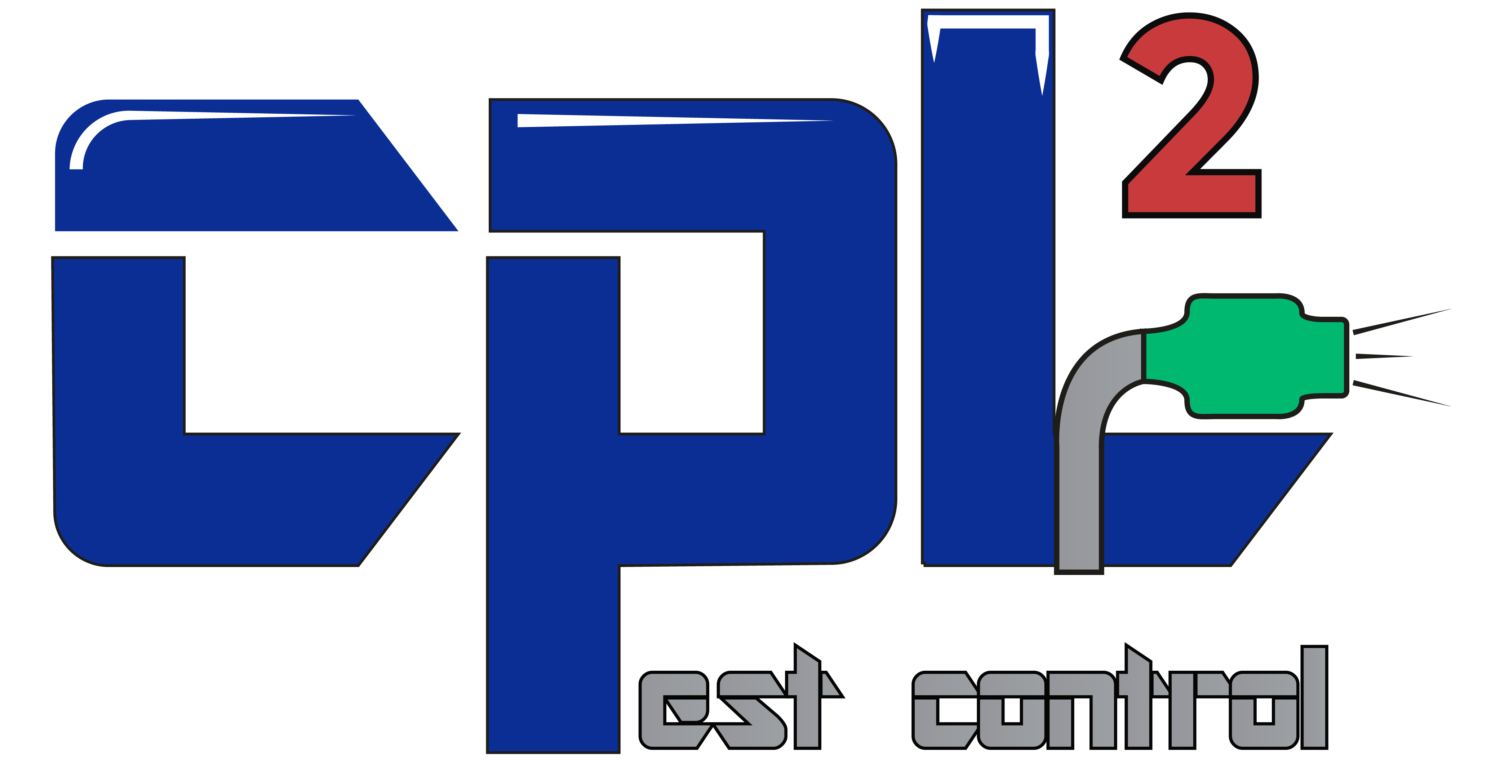Schools are meant to be safe havens for learning and growth, fostering an environment where students can thrive. However, the presence of pests can pose significant challenges to this ideal setting. From cafeterias to classrooms, schools must address the unique pest control needs that come with managing large and diverse spaces. Integrated Pest Management (IPM) emerges as a comprehensive and sustainable solution for schools, providing a strategic approach to pest control that goes beyond traditional methods. In this article, we will explore the expectations, challenges, and implementation of IPM in schools, as well as what schools should consider when selecting a pest control team, with a spotlight on CPL Pest Control as a reliable choice for school districts.
Expectations of Pest Control Teams in Schools
Pest control in schools demands a specialized approach that considers the safety and well-being of students and staff. A pest control team operating in a school setting should adhere to several key expectations:
1. Safety First: The safety of students and staff is paramount. Pest control teams must use methods and products that are safe for humans, particularly in spaces where children spend a significant portion of their day.
2. Minimal Disruption: Effective pest control should be implemented with minimal disruption to the learning environment. The chosen methods should be discreet and avoid interrupting daily activities.
3. Compliance with Regulations: Schools must comply with various health and safety regulations. Pest control teams should be well-versed in these regulations and ensure that their practices align with legal requirements.
4. Holistic Approach: Pest management in schools is not a one-size-fits-all solution. A pest control team should adopt a holistic approach that considers the unique challenges of each school, ranging from cafeteria hygiene to classroom cleanliness.
Challenges in School Pest Control
Schools face a myriad of challenges when it comes to pest control. The vast and interconnected nature of school facilities amplifies the difficulties in managing pests. Some key challenges include:
1. Diverse Spaces: Schools encompass a wide range of spaces, from classrooms and gyms to cafeterias and storage areas. Each space presents its own set of challenges, requiring a tailored approach to pest management.
2. Food Handling Areas: Cafeterias and kitchens are hotspots for pest activity due to the availability of food. Effective pest control in schools must address these areas meticulously to prevent infestations and maintain food safety standards.
3. Sensitivity to Chemicals: Schools, particularly those with younger children, need to be cautious about the use of chemical pesticides. Pest control teams should opt for environmentally friendly and low-toxicity solutions to ensure the safety of students and staff.
4. Consistent Monitoring: Regular monitoring is essential for successful pest management. Schools, with their expansive layouts, require consistent surveillance to detect and address pest issues promptly.
Integrated Pest Management in Schools
Integrated Pest Management (IPM) is a holistic and sustainable approach to pest control that aligns perfectly with the complex needs of schools. IPM combines proactive measures, preventive strategies, and, when necessary, targeted interventions to manage pests effectively. The key components of IPM in schools include:
1. Identification of Pest Issues: The first step in IPM is identifying the specific pests present in the school environment. This allows for the development of targeted strategies tailored to the types of pests encountered.
2. Preventive Measures: IPM places a strong emphasis on preventive measures to reduce the likelihood of pest infestations. This includes proper sanitation practices, maintenance of buildings, and the use of physical barriers to deter pests.
3. Education and Communication: Educating school staff and students about the importance of cleanliness and reporting pest issues is crucial. A collaborative approach, involving everyone in the school community, enhances the effectiveness of IPM.
4. Judicious Use of Pesticides: While pesticides are a part of the IPM toolkit, their use is strategic and minimized. When necessary, low-toxicity pesticides are selected, and application is targeted to specific areas, avoiding unnecessary exposure to students and staff.
Selecting a Pest Control Team for Schools
Choosing the right pest control team for schools is a critical decision that influences the safety and well-being of everyone within the educational environment. Schools should consider the following factors when selecting a pest control team:
1. Expertise in School Environments: The selected team should have experience working in school settings, understanding the unique challenges and requirements associated with educational facilities.
2. Safety Protocols: The pest control team must prioritize safety, employing methods and products that are safe for students and staff. Compliance with health and safety regulations is non-negotiable.
3. Integrated Pest Management Approach: A progressive pest control team will embrace the principles of IPM, offering a comprehensive and sustainable solution rather than relying solely on traditional pesticide applications.
4. Proactive Monitoring and Reporting: A reliable pest control team will not only address existing pest issues but also proactively monitor and report on potential problems, preventing infestations before they occur.
CPL Pest Control: The Ideal Choice for School Districts
CPL Pest Control stands out as an exemplary choice for school districts seeking a pest management partner. With a wealth of experience in the industry and a commitment to safety, CPL Pest Control aligns perfectly with the unique requirements of schools. Their integrated approach to pest management ensures that schools benefit from tailored solutions that prioritize the well-being of students and staff.
In conclusion, pest control in schools is a multifaceted challenge that demands a strategic and holistic approach. Integrated Pest Management emerges as the ideal solution, providing schools with the tools and strategies needed to create a safe and conducive learning environment. When selecting a pest control team, schools should prioritize expertise, safety, and a commitment to integrated pest management principles, making CPL Pest Control an excellent choice for school districts dedicated to ensuring the well-being of their students and staff.
